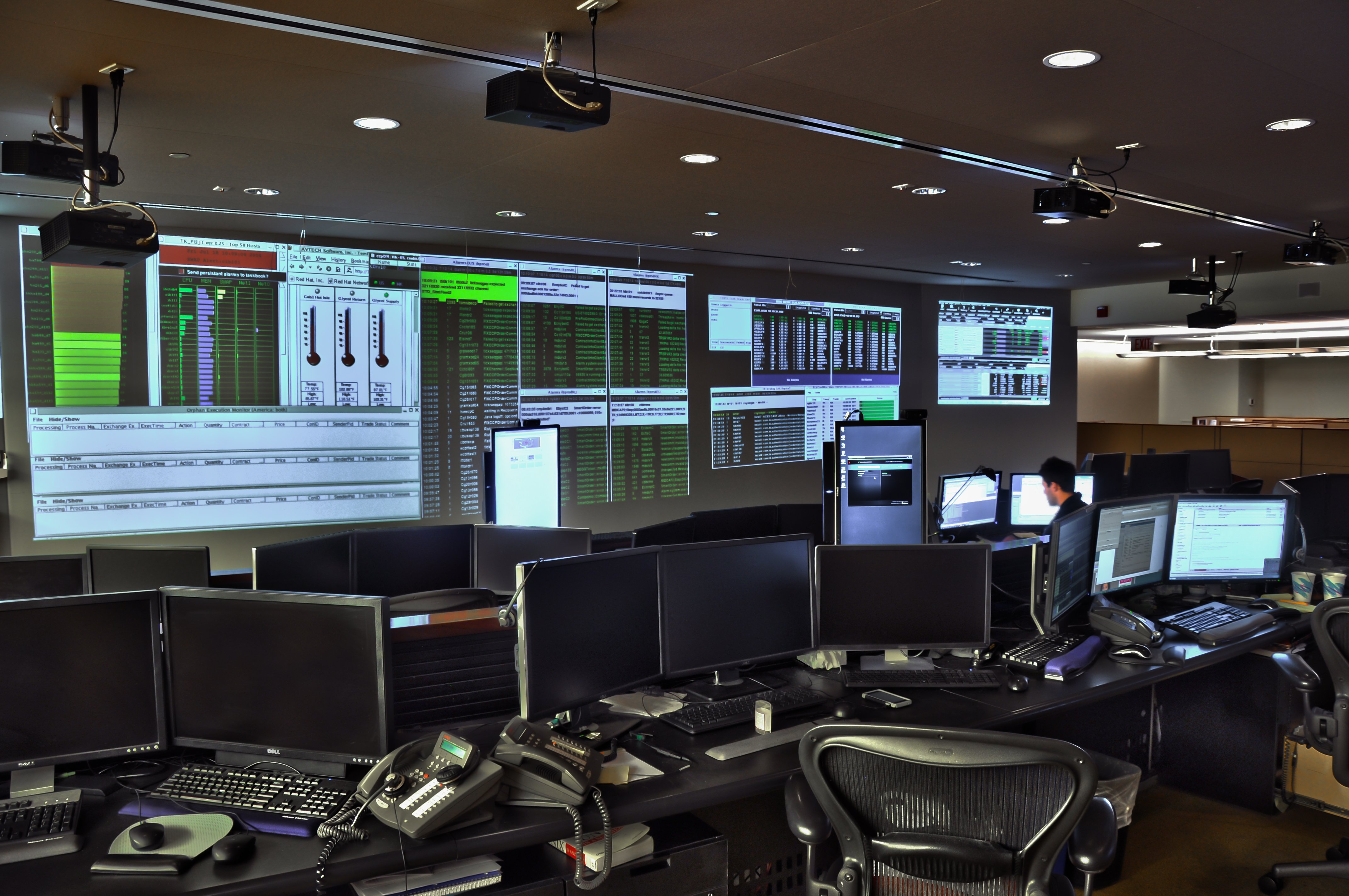On February 6, European markets have followed Asian markets lower as investors continued to dump shares.
Frankfurt, London and Paris all fell sharply at the open with losses of up to 3%, before recovering some ground.
In the US overnight the Dow Jones lost 4.6%.
Japan’s Nikkei 225 closed down 4.7%.
The sell-off began last week after data in the United States showed stronger wage growth, which raised expectations that US interest rates might start to rise more quickly to tackle inflation.

How Will Global Foreign Exchange Markets React To Brexit?
Frankfurt’s Dax and Paris’s CAC were down 2.2% and 2% respectively.
London’s FTSE 100 was down 150 points or 2% at 7,184.74 in mid morning trade.
On February 5, the FTSE 100 closed at its lowest level since April 2017.
The falls follow some good years for investors.
Last year, the Dow Jones was up 25% and London’s FTSE 100 rose 7.6%.
Hong Kong’s Hang Seng ended closed 5% lower and South Korea’s Kospi index gave up 2.6%. Australia’s benchmark S&P/ASX 200 lost 3.2%.
Japan’s Nikkei saw steeper falls overnight, with a loss of some 7% at one point.
Unlike elsewhere in the world, where interest rates are beginning to or are expected to start rising, Japan’s immediate economic outlook remains stagnant. The authorities there said there was little chance of interest rates being increased.
Traders returned to their desk in the aftermath of Friday’s rout to another bout of selling.
That left the Dow Jones Industrial Average index down 1,175 points, or 4.6% at the end of Monday’s session to 24,345.75.
The decline was the largest in percentage terms for the Dow since August 2011, when markets dropped in the aftermath of “Black Monday” – the day Standard & Poor’s downgraded its credit rating of the US.
The drop on the Dow Jones was closely followed by the wider S&P 500 stock index, down 4.1% and the technology-heavy NASDAQ, which lost 3.7%.
However, the White House reassures investors saying it was focused on “long-term economic fundamentals, which remain exceptionally strong”.
